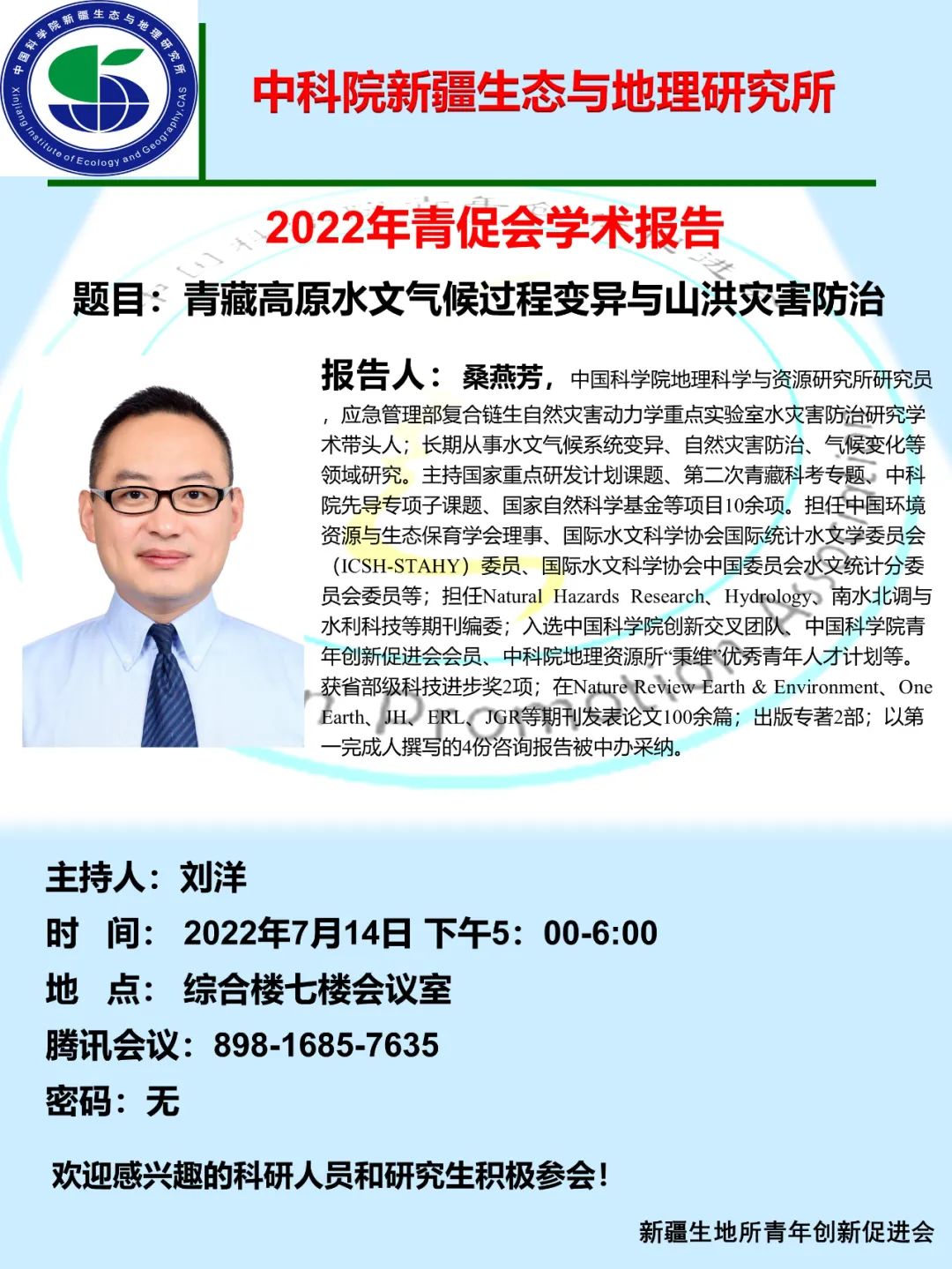There is a recommended solution for Guangdong to achieve the "double carbon" goal
Author:Golden sheep net Time:2022.09.29
Yangcheng Evening News all -media reporter Chen Liang correspondent He Song
Carbon dioxide capture, utilization and sealing technology (CCUS) is an important bottom -up technology for achieving carbon peaks, carbon neutrality and targets. On September 28, the "CCUS planning and reserving the risk of climate transformation by CCUS CCUS Planning Research Symposium" sponsored by Guangdong Southern Carbon Capture and Storage Industry Center, Guangdong University of Technology, and China Energy Construction Guangdong Provincial Electric Power Design Research Institute It is held online and offline in Guangdong. At the meeting, the first domestic provincial CCUS planning research report, the "Research Report on the Capture and Wastening Planning Planning Planning Planning Planning Planning Planning Planning of Guangdong Province".
The system summarizes the development status of Guangdong CCUS
It is reported that the "Guangdong Province Carbon Catcher Catching and Utilizing Transportation and Sealing Planning Research" project under the guidance of the Guangdong Provincial Department of Ecological and Environment, under the guidance of climate change and exchanges and cooperation, it is led by the carbon capture and sealing industry center of Southern Guangdong. Combined with the Green Development Institute and China Energy Construction Guangdong Electric Power Design Research Institute.
The "Report" system summarizes the development status of CCUS in Guangdong Province. Under the "3060" target call, companies in Guangdong Province have actively responded to enterprises such as electric power, steel, petroleum petrochemical, chemical industry, and have listed CCUS technology as an important starting point for achieving carbon neutrality. Large energy groups such as Guangdong Energy Group, China Resources Electric Power, Shenzhen Energy, and China Ocean Petroleum are actively setting up a project team to carry out technical research and plan to lay out large CCUS projects. So far, Guangdong has launched a number of different types of CCUS projects, including Guangdong Carbon Capture Test Platform, Shenzhen Mom Bay Power Plant, 500,000-ton full-chain large-scale CCUS demonstration project preliminary feasibility study, Enping 15-1 oil field CO2 Receiving projects, carbon dioxide capture and use and sealed cluster research projects in the Daya Bay Area have been completed and put into use in some projects.
The "Report" pointed out that the source of carbon emission points in Guangdong Province is relatively concentrated, mainly distributed in the Pearl River Delta and the coastal zone area. There are two major sealing areas of the Pearl River Estuary Basin and Beibu Bay Basin. Based on the distribution of the spatial distribution of the main emission sources and the sealing venue, fully integrate the land and space planning of Guangdong Province, it is recommended to plan and build 4 CCUS industrial clusters, including Guangfo Zhao-Shenwanghui Club, the West Bank of the Pearl River Estuary Shajie Tide) Cluster, western Guangdong (Zhan Maoyang) cluster.
Proposal for development planning and development policies
Finally, the "Report" proposes the policies and development policies of the Guangdong CCUS cluster development planning and development policy, which mainly involves CCUS technology innovation ecology and development environment construction, typical CCUS demonstration project support, provincial CCUS development planning in advance, Guangdong CCUS industry specifications Four aspects of the standard system. The "Report" recommends CCUS projects that can be carried out at different carbon prices to carry out carbon capture and use and seal reserved design in advance of large discharge sources, and plan the CCUS infrastructure in advance.
Zeng Xuelan, an executive dean of the Professor of Guangdong University of Technology, carbon neutralization and green development collaborative innovation research institute, believes that as a large industrial province, there are many large sources of large emissions in Guangdong Province, and the demand for emission reduction with CCUS technology is strong. The release of the "Report" not only helps to strengthen the design and overall planning of CCUS in Guangdong Province, systematically guide CCUS key technology research and development, scientific planning CCUS project spatial layout, creating CCUS technology innovation and development environment, and can also achieve carbon peaks for Guangdong Province. Carbon neutralization provides solutions.
- END -
Academic Report on the Youth Promotion Council of Xinjiang Shenglang | Mutations of hydrological climate in Qinghai -Tibet Plateau and prevention and control of flood disasters

Planning: Youth Promotion AssociationResponsible editor: Yan Haiyu/Liu Jie